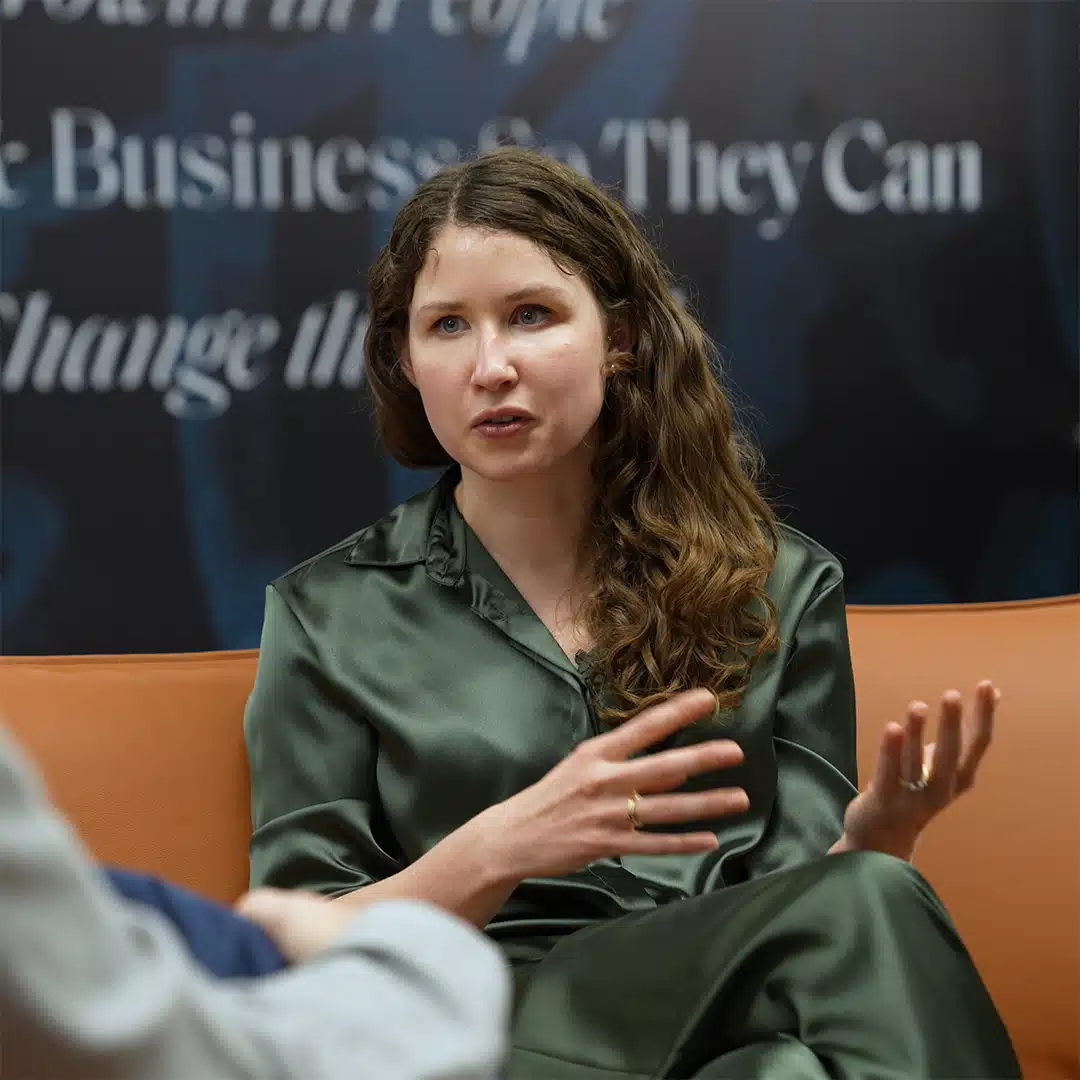Using OKRs to Drive Momentum and Accountability
CADE JONES
Video Transcript
Hey, everybody. My name is Cade Jones, and I’m here to talk about OKRs, which is short for objective and key results. So today you’ll hear me talk about what they are, why they’re important, I’ll give some examples throughout this discussion, and then lastly, I’ll talk through how you measure the success or the progress against the OKRs.
So first, what are they? Like I mentioned objectives and key results. The objective in an OKR is directionally where you want to go or what you deem most important for your department or organization.
The key result is how you’re going to get there. So they are sectioned off pieces of this direction that you know you want to head. And if you hit the key results, then you know the objective must be true. So why are OKRs important?
OKRs are important because they force you to have focus, alignment, commitment. They force you to track and they force you to stretch. So I’ll break down each of those. So from a focus standpoint, when you establish OKRs, you’re saying that this is the most important thing for my organization or my department.
From an alignment perspective, you’ve established that with the team that everybody is agreeing on this being most important and then commitment-wise, like I said, you’re establishing that this is most important and we’re going to see this out throughout the duration of what you determine the length of your OKR to be.
So for an example, I’ll break this down. So we internally have a client that we’ve worked with and we’re working on a content marketing strategy for them. One of the objectives of the content marketing strategy is we want to increase the amount of organic search traffic to their site. So that is the objective in our OKR.
A key result for that objective might be we need to have 100 more keywords rank in the top ten of search engine result pages. Another might be that we need to generate 25% more backlinks in 2023, and then our last one might be that we need to move ten striking-distance keywords into the top ten of keywords that they already rank for.
Essentially, if you hit those key results, then the objective must be true.
So the last thing I’m going to talk about is how you measure the success or the progress against your OKRs. So using that example I had earlier, we have we want to generate one hundred more keywords into the top ten of SERPs.
So for example, if we were to move 60 in the time period that we have our OKR set for, then we would land at 60%. OKRs are measured on a scale of 0.0 all the way up to 1.0. So using that example I just gave, we would be at a 0.6 for how far we got in that key result in terms of scoring up against your objective, each one of your key results is put on that scale.
So as a whole, if you score a 0.0 to a 0.3, you really have not made a ton of progress against your OKR. If you score at a 0.3 to a 0.6, then you’ve made mediocre or moderate performance against it or progress against it. But it’s not great. If you’re landing in the 0.7 all the way up to the 1.0, then you made significant progress against your key result. And like I mentioned earlier, one of the important factors of OKRs is you really want to make them to be stretch goals and so landing at a 0.7 or 0.8 is really okay in this example and would be deemed a success and something that you should be proud of.
And one of the last things that I think is really great about OKRs is they take out a lot of the subjectivity, so it’s very black and white on whether you’re making progress or not, because the key results are measurable, trackable and SMART, you can tell very clearly if you’re making progress against it, and it’s not up to the interpretation of somebody versus somebody else.



